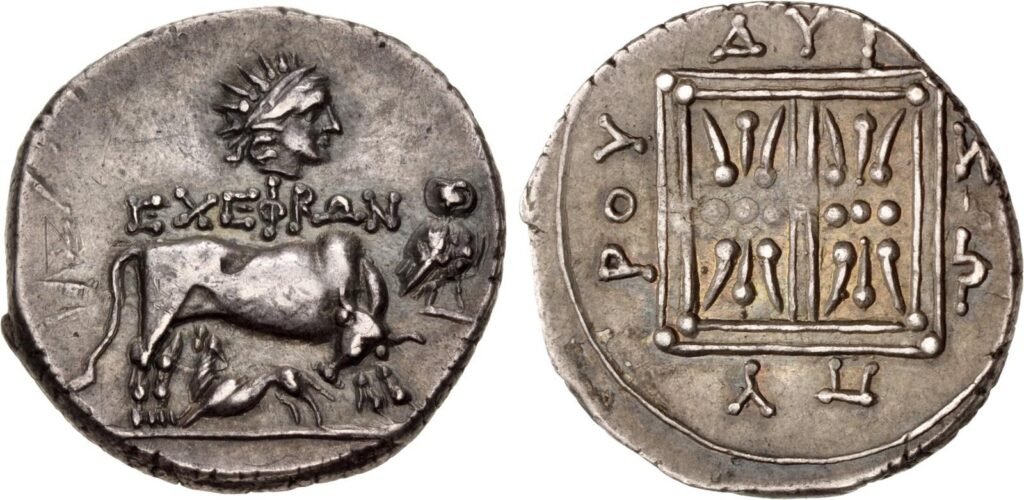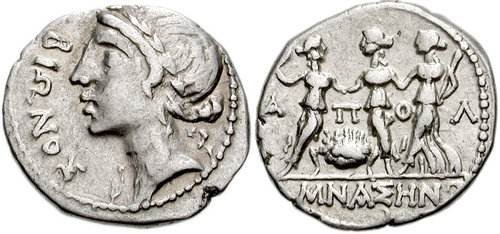
Dyrrachium Coin Guide
Dyrrachium Coin Guide: Tracing the Silver Legacy of Ancient Illyria This articles is about Dyrrachium coin guide. So, if you’ve ever held an ancient coin and…
Read article
Dyrrachium Coin Guide: Tracing the Silver Legacy of Ancient Illyria This articles is about Dyrrachium coin guide. So, if you’ve ever held an ancient coin and…
Read article
Uncovering the Legacy of Illyria Dyrrhachium Coins: A Collector’s Personal Guide Ever stumble upon a coin and feel like it’s whispering stories from centuries ago? That’s…
Read article